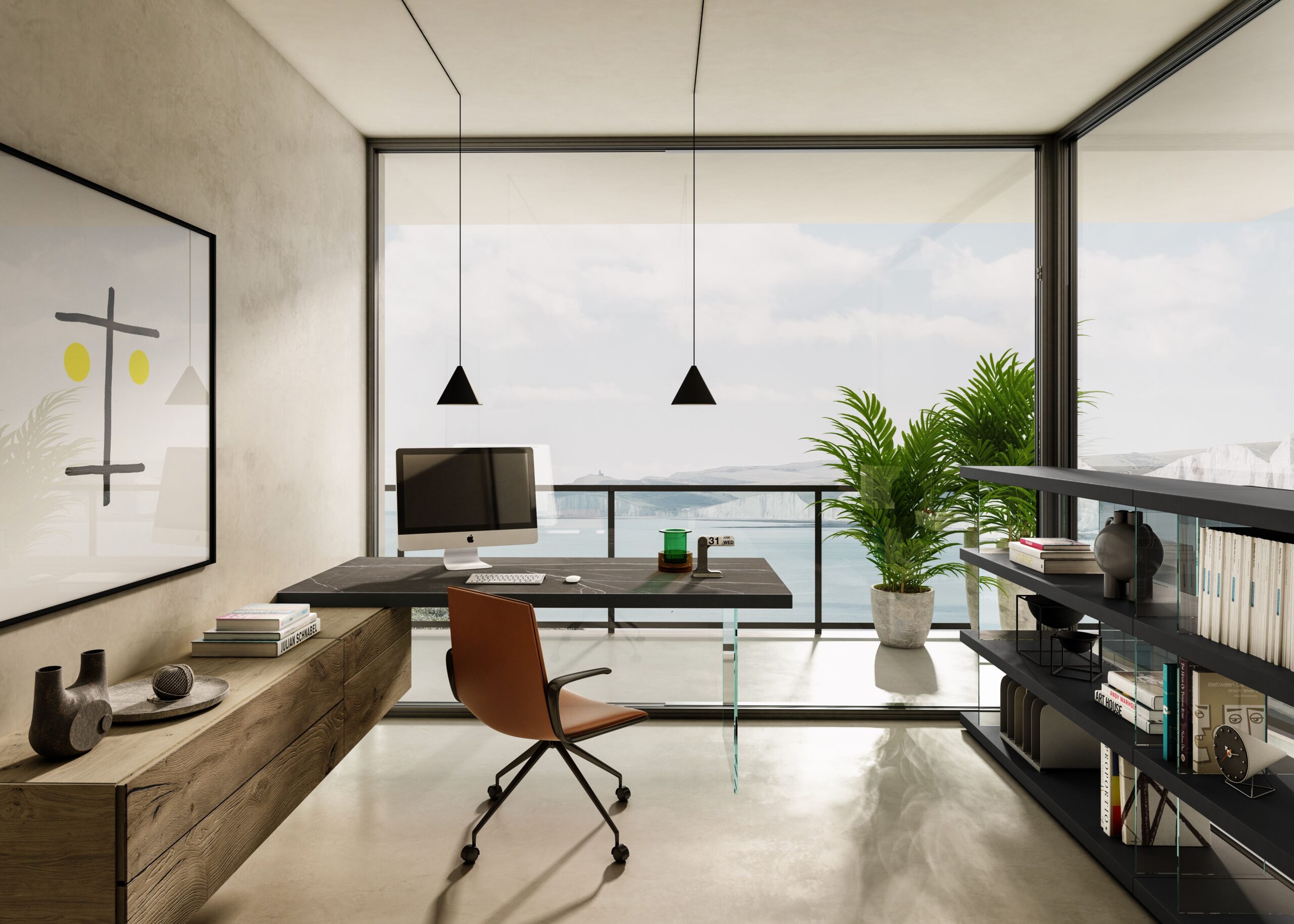To increase employee morale and inspire creativity, a productive and inspirational office is crucial. Mixing and matching office furniture styles is one efficient approach to do this. You may make an atmosphere that expresses the character and values of your business and is distinctive and aesthetically appealing by mixing various design components.
In order to create a workstation that stands out and boosts productivity, we will discuss the art of fusing office furniture styles in this article. So, keep reading to know more!
The Benefits Of Mixing And Matching Office Furniture Styles
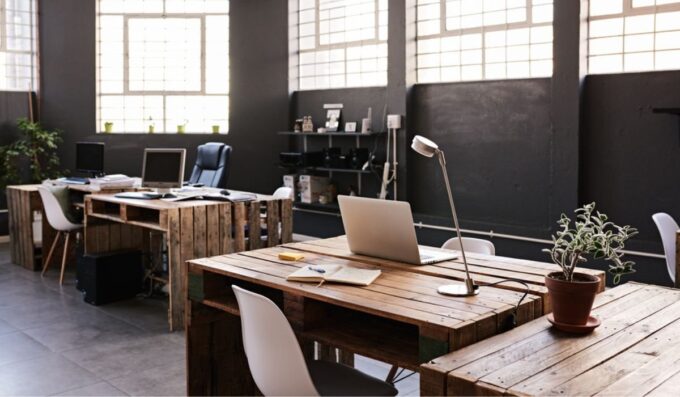
Combining and contrasting different office furniture types has several advantages. You may use it to make your home more distinctive and individual. You may design a home that is genuinely yours by fusing many styles together. This may make your workspace more welcoming and conducive to productivity.
You may also save money by combining different office furniture types. Used or discounted furniture is sometimes quite affordable, and you may save money by mixing and matching several pieces to create a coherent aesthetic. Elevate the style of your mixed and matched furniture with unique and sturdy options for table legs from The Hairpin Leg Company.
Finally, combining and contrasting different office furniture types will help you keep up with the newest fashions. You may make your workstation always trendy by mixing several styles into it.
How To Mix And Match Office Furniture Styles
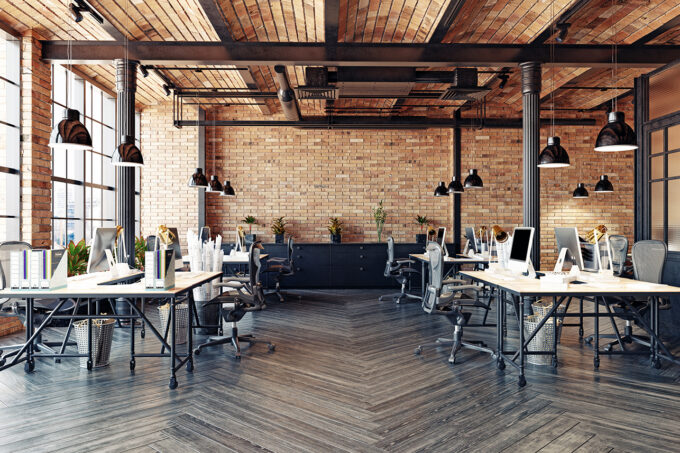
1. Understanding Office Furniture Styles
It’s important to have a fundamental grasp of the various office furniture styles before beginning the process of mixing and matching them. Typical fashions include:
Modern
Modern office furniture has a sleek, modern appearance and is characterized by clean lines, minimalist designs, and the use of materials like metal and glass.
Traditional
Traditional office furnishings emphasize elegance and refinement and include intricate details, rich woods, and classic designs.
Industrial
Furniture in the industrial style contains unpolished materials like salvaged wood, metal, and exposed brick, which are inspired by factories and warehouses.
Scandinavian
Known for its utility and simplicity, Scandinavian office furniture has coziness, light-colored woods, and minimalist designs.
Mid-Century Modern
Taking design cues from the 1950s and 1960s, mid-century modern office furniture is characterized by organic curves, simple lines, and a combination of materials including metal and wood.
2. Identifying Your Design Goals
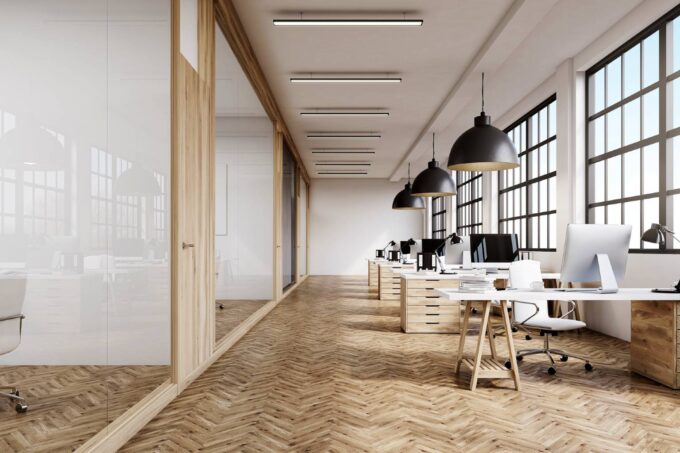
Prior to combining various office furniture types, it’s critical to decide on your design objectives. Think about the general mood and ambiance you want to establish at your office. Do you like a more relaxed and creative atmosphere or a more formal and professional appearance? Understanding your design objectives can direct your furnishings choosing process and provide a unified look throughout.
3. Selecting A Dominant Style
It is advised to choose a dominating style as the foundation for your workstation to preserve visual harmony. The general atmosphere will be created by this dominating style, which will also serve as a guide for merging other furniture designs. For instance, choose modern office desks and chairs as the focal points if you desire a modern look.
4. Adding Complementary Pieces
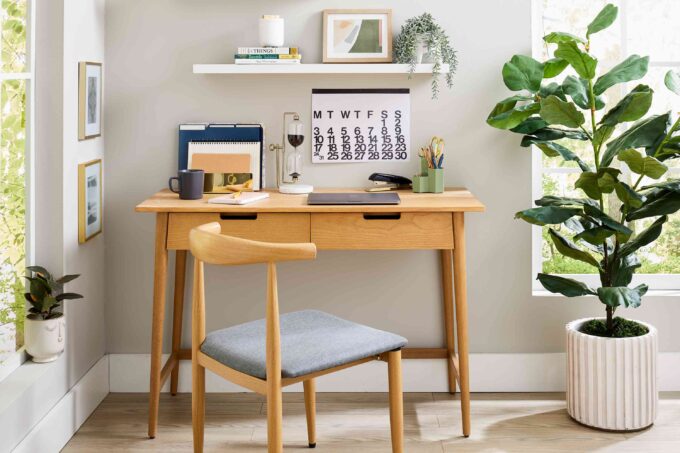
After deciding on your dominating style, it’s time to incorporate coordinating items from various furniture designs. These items will complement the primary design while also bringing interest and originality to your workstation. Listed below are some pointers for effectively combining complementary elements:
Balance
Aim for a balance between the complementing elements and the dominating style. To guarantee a harmonious arrangement, take into account the sizes, hues, and forms of the furniture pieces.
Contrast
Incorporate contrasting elements to add visual appeal. To add warmth and character, you may incorporate a vintage-style sofa or a classic wooden bookcase in a space where modernism predominates.
Focal Point
Using a striking piece from a different style, create a focal point in your workstation. This may be a striking piece of furnishings, an original light fixture, or a colorful painting.
Usability
Usability should not be overlooked in favor of aesthetics. Make sure the furniture you select fits the demands and activities of your staff. Always put ergonomic workstations, enough storage, and comfortable chairs first.
5. Harmonizing Colors and Materials
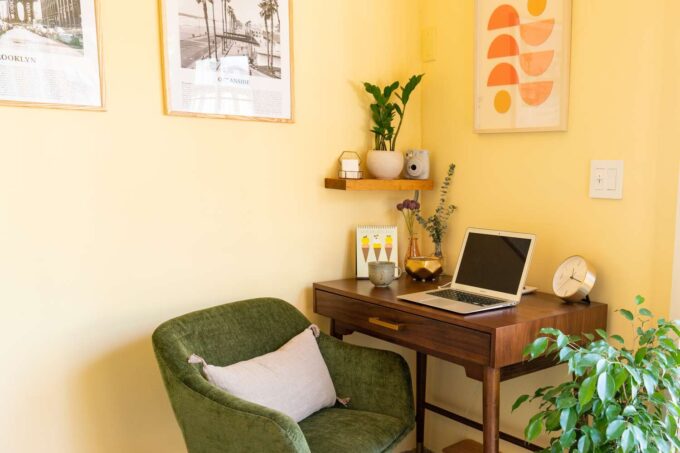
Consider the colors and materials used in your furnishing choices to establish a unified and aesthetically beautiful workstation. It’s important to identify common ground in these areas when blending styles. Following are some tips for coordinating colors and materials:
Color Scheme
Choosing a color scheme that harmonizes with the main style and produces a pleasing flow is step one. To enhance visual appeal, take into account adding a few accent colors.
Material Uniformity
While mixing materials while choosing furniture is permitted, uniformity should still be maintained. Consider using metal embellishments in your complementing items, for instance, if your main style has them. This will contribute to the workspace having a unified appearance.
Texture
Your workstation may gain depth and visual intrigue by experimenting with textures. To provide workers and visitors with a tactile experience that interests them, think about blending smooth surfaces with textured materials like wood or cloth.
6. Creating Zones And Cohesion
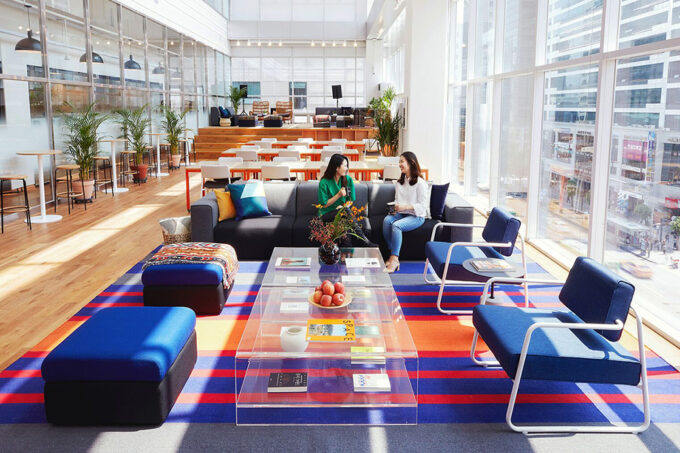
It’s crucial to designate separate zones inside the workplace that perform different functions in order to provide an orderly and practical workspace. Each area may have a variety of furnishing types while yet being cohesive. Listed below are a few zones you might want to think about:
Collaborative Zone
This space may have plush sofas or lounge chairs together with contemporary or industrial-style coffee tables. It ought to encourage collaboration and originality.
Individual Workstation
Focus on ergonomic desks and chairs as the primary pieces of furniture for individual workstations. You may use ornamental accents or storage options that complement the overall design theme.
Meeting Rooms
For meeting rooms, think of combining old and modern furnishings. Modern lighting fixtures or artwork can be used to enhance a conference table and chairs in a classic design.
Break Areas
Add cozy seating, such Scandinavian-style chairs or mid-century contemporary lounge chairs, to break areas to create a relaxing ambiance. Vibrant plants or accessories will provide a dash of life.
7. Personalization And Branding
Consider implementing aspects of customization and branding into your workstation to make it genuinely distinctive and representative of your company’s character. This may consist of:
Customized Signage
Use signs or wall decals with your company’s logo, mission statement, or inspirational phrases as option a. This strengthens your brand identification and gives it a more personalized touch.
Artwork And Decor
Include artwork, photos, or decorative things that reflect the principles of your business or help to convey its narrative. Combine several art forms to reflect various viewpoints and to provide visual intrigue.
Greenery
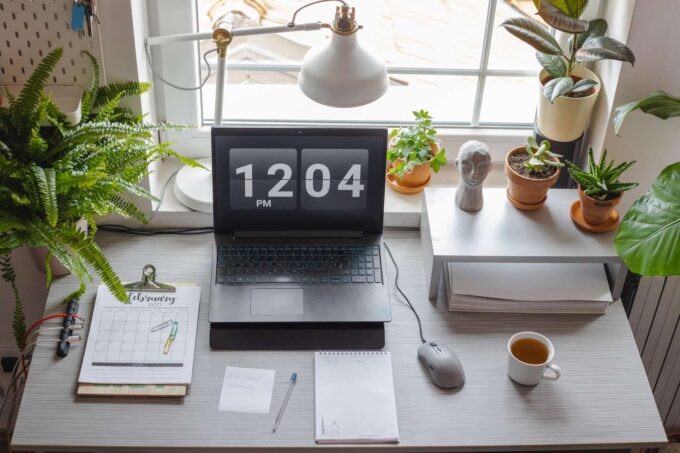
Plants improve a workspace’s visual appeal as well as make it healthier and more conducive to productivity. Choose plants that do well in workplace environments and incorporate them into the decor.
Adapting to the Ever-Changing Office Landscape
With the dynamics of work environments shifting, it’s essential to remember that even the finest details can make a significant difference in the overall ambiance and functionality of an office. Take window treatments, for instance. The right window solution not only complements the aesthetic of mixed and matched furniture but also serves practical purposes like regulating natural light and ensuring privacy.
Brands like Blinds2Go offer a diverse range of window solutions that can seamlessly blend with any furniture style you opt for. Whether you’re going for the modern minimalist look or a more traditional vibe, choosing the right blinds or curtains can enhance the room’s overall mood. Plus, with today’s focus on remote and hybrid work settings, having a visually appealing background for virtual meetings has become paramount.
Therefore, investing in high-quality, stylish window treatments from reliable providers can be the cherry on top of your well-designed and harmonious office space.
Conclusion
It takes careful planning and a distinct understanding of your design objectives to create a distinctive workstation by mixing and matching office furniture designs. You can create an aesthetically pleasing and inspiring environment that promotes productivity and reflects your company’s identity by understanding the various furniture styles that are available, identifying a dominant style, adding complementary pieces, harmonizing colors and materials, creating zones, and personalizing the space.
Keep in mind to strike a balance between form and function, and give your employees’ demands and comfort first priority. You can build a workspace that stands out and fosters a healthy work culture with careful planning and creative research.

